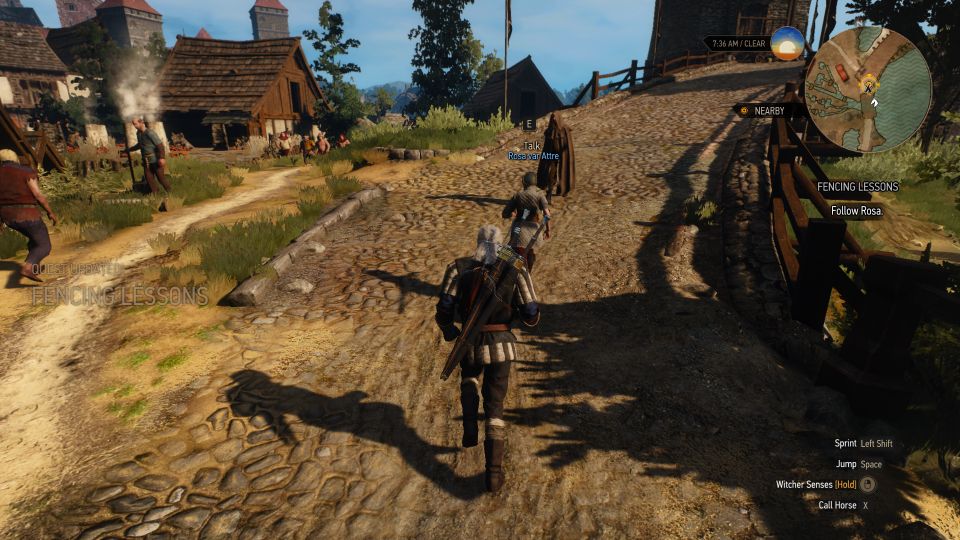
This messaging divide is both a shortcoming and a strength we – as members of the gaming community – can all learn from. Sometimes, the game sends the message that women are just as capable and complex as their male counterparts. Sometimes, The Witcher 3 sends the message that women aren’t in charge of themselves and their bodies, even if these women explicitly say they are. It shows how carelessness, ignorance, and subtle, yet pervasive sexism can undermine the narrative potential of female characters in video games. The Witcher 3 is uneven in its treatment of women. The Witcher 3 frequently uses women as background decoration and downplays the power of its ambitious women characters. However, neither is the game a feminist triumph. In an industry that’s dominated by male designers, highlights male characters, and caters to a male audience, the number of women given narrative significance in The Witcher 3 is remarkable. Although the protagonist is a man, many of the secondary character are women, and a woman has taken charge of the universe’s destiny by the time the game ends. The Witcher 3 also received attention when it came out because it features women in major narrative roles.

Jonathan Leack of Game Revolution called the game “ one of the largest worlds ever created,” while Kimberley Wallace of Game Informer said it was a “genre juggernaut” and that she had “never felt so connected a virtual world before.” Since The Witcher 3’s release two years ago, its studio, CD Projekt Red, has sold over 25 million copies. When The Witcher 3: The Wild Hunt came out in 2015, critics and fans alike hailed the game as a video game standard-setter because of its stellar graphics, entertaining gameplay design, deft voice acting, and engrossing narrative.


 0 kommentar(er)
0 kommentar(er)
